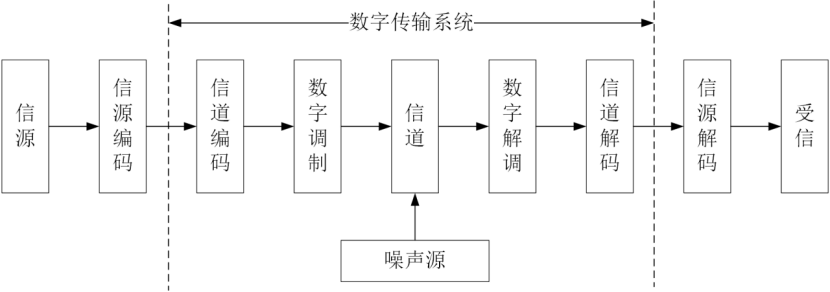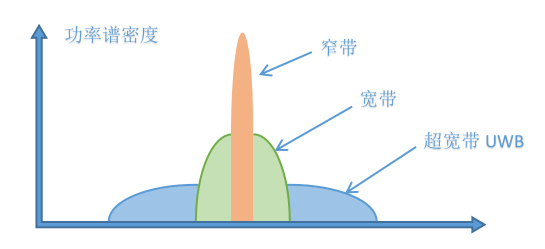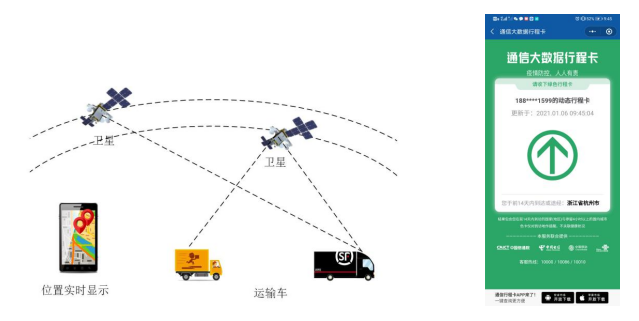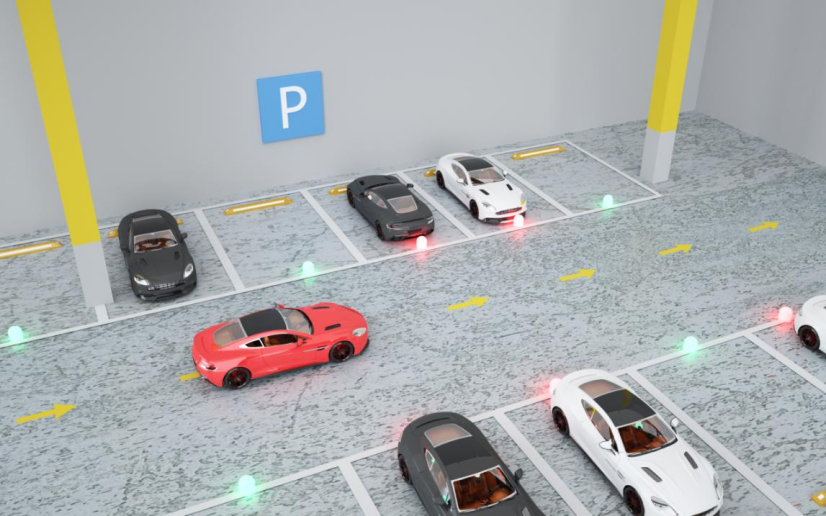What exactly is the suddenly popular UWB?

Author| Tang Xiaoyu, unit: China Mobile Smart Home Operation Center
Labs Guide
In the second half of 2021, UWB, which has been working silently, suddenly won the favor of major manufacturers. Apple, Xiaomi, and Samsung all disclosed the application of UWB in their products, which really made UWB popular. So what exactly is UWB technology? Let's chat with you today.

Part 01 What is UWB?
UWB (Ultra Wide Band) Chinese name is ultra-wideband technology, which is a wireless carrier communication technology. Born in the 1960s, it was first used in the field of radar and remote sensing. It is more used in post-disaster search and rescue, military ranging and other scenarios, and it maintains a close distance from the lives of our people. In the 21st century, wireless communication application scenarios have exploded in an all-round way. With the mature application of OFDM technology, UWB has been officially incorporated into the field of wireless communication technology and has started a new journey of its own.
Having said so much, what does UWB look like? What unique temperament does he have that he has the opportunity to be transferred and applied again?
Most wireless communication technologies need to pass the original data through a sine wave carrier to complete data transmission according to the wireless digital communication system (Figure 2), while UWB works through pulsed radio in a wide frequency band, without any carrier. The operation can complete the transmission and reception of data, so it is sometimes called IR-UWB.

Figure 2 Wireless digital communication system
This uniqueness determines the difference between UWB and other wireless communication technologies. It can occupy a wide bandwidth, in units of GHz (Figure 3). And our daily commonly used wifi signals and zigbee signals all work on the 2.4Ghz frequency to achieve high-speed data transmission. Therefore, around 2.4GHz is a frequency band with a very high usage rate, and the radio environment is more complicated. UWB can bypass 2.4GHz according to its own characteristics and choose 6.5-8GHz, which means that it can be well compatible with mainstream 2.4Ghz wireless communication methods. In addition, its own technology is not difficult to realize, and it has the characteristics of low power consumption that it is now pursuing, so that UWB has received more attention in today's large-scale development of Internet of Things devices.

Figure 3 Schematic diagram of bandwidth power spectral density
Part 02 Application areas of UWB
There are many jobs for UWB, but at present it is mainly used in the field of indoor positioning. However, the job competition in the field of indoor positioning is also very fierce. Our common WIFI, Bluetooth, RFID, etc. all want to seize an absolute position in the field of indoor positioning.
So here, let us first understand the indoor positioning. It is not difficult to understand literally, indoor positioning is relative to the existence of outdoor positioning. Our common outdoor positioning methods are satellite positioning, base station positioning, etc. (Figure 4). Like the GPS and Beidou that we often mention every day, they are all realized through a global network of satellites. It is also a widely used outdoor positioning solution, and the positioning accuracy can be accurate to meters. Most of the navigator on the car and the navigation APP on the mobile phone provide services through satellite positioning technology. Base station positioning was previously covered under satellite positioning. In the context of this year's epidemic prevention and control, base station positioning has entered the public's field of vision. The itinerary code launched by the Institute of Information and Communications Technology and the three major operators is the best application example of base station positioning. Through the mobile phone number, you can query the cities that the owner of the mobile phone number has been to in the past 14 days. The positioning hero behind this is the mobile phone base station that we usually do not notice.

Figure 4 Application example of outdoor positioning
Since outdoor positioning technology is so mature and applied to so many places, why can't it be applied to indoor scenes? This is because the satellite positioning signal cannot pass through the walls of the building, so indoor positioning cannot be achieved. Indoor positioning also has many application scenarios. If you don’t believe me, I will show you.
For example, many people who drive to the mall are hard to find. They parked in an empty parking space after going around the garage for several times. After shopping, they may face a situation where the garage is full to find their own car. Nowadays, more and more large shopping malls have launched the function of parking inquiry, which allows customers to find out which parking space their vehicle is parked through the APP, and then quickly find their car. The indoor positioning technology is applied here. (Figure 5)

Figure 5 Schematic diagram of indoor positioning of parking lot
Furthermore, in industrial applications, indoor positioning has a greater demand space. In the era of the Internet of Things, everything is interconnected, and the Industrial Internet of Things is an inevitable trend of future development. Factories, warehouses and other scenarios have application requirements for indoor positioning. Through indoor positioning, the flow of production lines can be tracked, and fixed assets can be effectively counted, improving industrial work efficiency. In addition, when the editor was in school, the project team next door did a project of applying UWB indoor positioning to museums. Through indoor positioning, we collected the places where tourists stayed in the museum, and combined with big data analysis, it helped the museum to adjust the exhibits. Place the location, understand the interests of tourists, and adjust the theme of the exhibition in time. There are also the sweeping robots we use in our daily life. More and more sweeping robots will also integrate indoor positioning technology to assist their self-service navigation functions. Therefore, indoor positioning has entered our lives inadvertently.
UWB technology has high accuracy in positioning due to its own characteristics, especially in high-speed wireless access scenarios such as indoors and other dense multi-path places, it completely crushes indoor positioning methods such as wifi and Bluetooth. In addition to indoor positioning, the wireless local area network built by UWB will find new jobs in the entertainment scene in the home with the advantages of high speed, low cost, and good compatibility.
At Apple's spring new product launch in 2021, the Apple tag was released for the first time. Apple tag uses UWB technology to complete the location of the item through the communication between the item tag and the mobile phone, which is also the first step for Apple to commercialize the UWB technology. And Xiaomi also launched a new mobile phone wireless charging solution in 2021, behind which UWB positioning technology also plays an extremely important role. It is not difficult to imagine that in the near future, UWB technology will enter everyone's home life scene and become a common wireless communication technology like WIFI and zigbee, adding more sense of technology and experience to our lives.